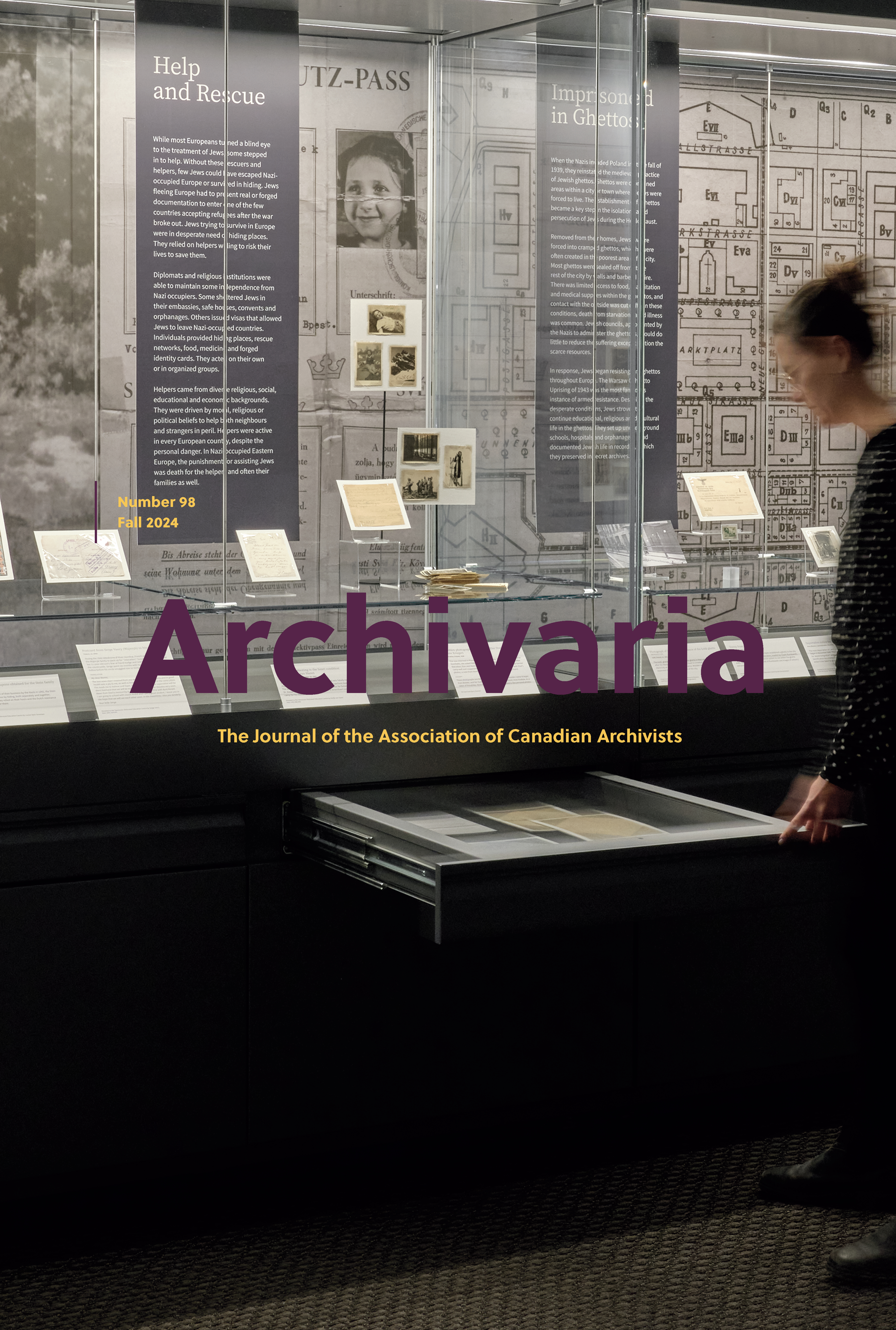Leveraging Technology to Facilitate Access
Automated Description of the Mariposa Folk Festival’s Born-Digital Performance Recordings
Abstract
In recent years, the increasing volume of born-digital materials (i.e., those created digitally rather than digitized from analog originals) deposited in archives has fostered the development of new software-based tools and workflows for processing archivists. Archivists seeking practical guidance for preserving digital materials have a wealth of resources at their disposal, including many community-owned tools, workflows, and tutorials. This case study examines how archival standards and technological advances have influenced the semi-automated description of born-digital audio records through the lens of a recent project at the Clara Thomas Archives and Special Collections (CTASC) at York University Libraries (YUL). The Mariposa Folk Foundation Fonds, containing a large and growing collection of born-digital audio recordings, served as an opportunity to design and test a new software-aided descriptive workflow. The project leverages the programmable nature of born-digital materials in an attempt to streamline the time-consuming process for creating the item-level descriptions typically associated with sound recordings and born-digital records while also improving the discoverability of this material in the unmediated environment of online finding aids. This case study demonstrates how technology has influenced descriptive practices, with the advent of online finding aids providing increased access to archival descriptions, online databases permitting keyword searching, and tools to script metadata extracted from born-digital records enabling robust archival descriptions.
Authors of manuscripts accepted for publication retain copyright in their work. They are required to sign the Agreement on Authors' Rights and Responsibilities that permits Archivaria to publish and disseminate the work in print and electronically. In the same agreement, authors are required to confirm that "the material submitted for publication in Archivaria, both in its paper and electronic versions, including reproductions of other works (e.g. photographs, maps, etc.) does not infringe upon any existing copyright." Authors of manuscripts accepted for publication retain copyright in their work and are able to publish their articles in institutional repositories or elsewhere as long as the piece is posted after its original appearance on archivaria.ca. Any reproduction within one year following the date of this agreement requires the permission of the General Editor.





